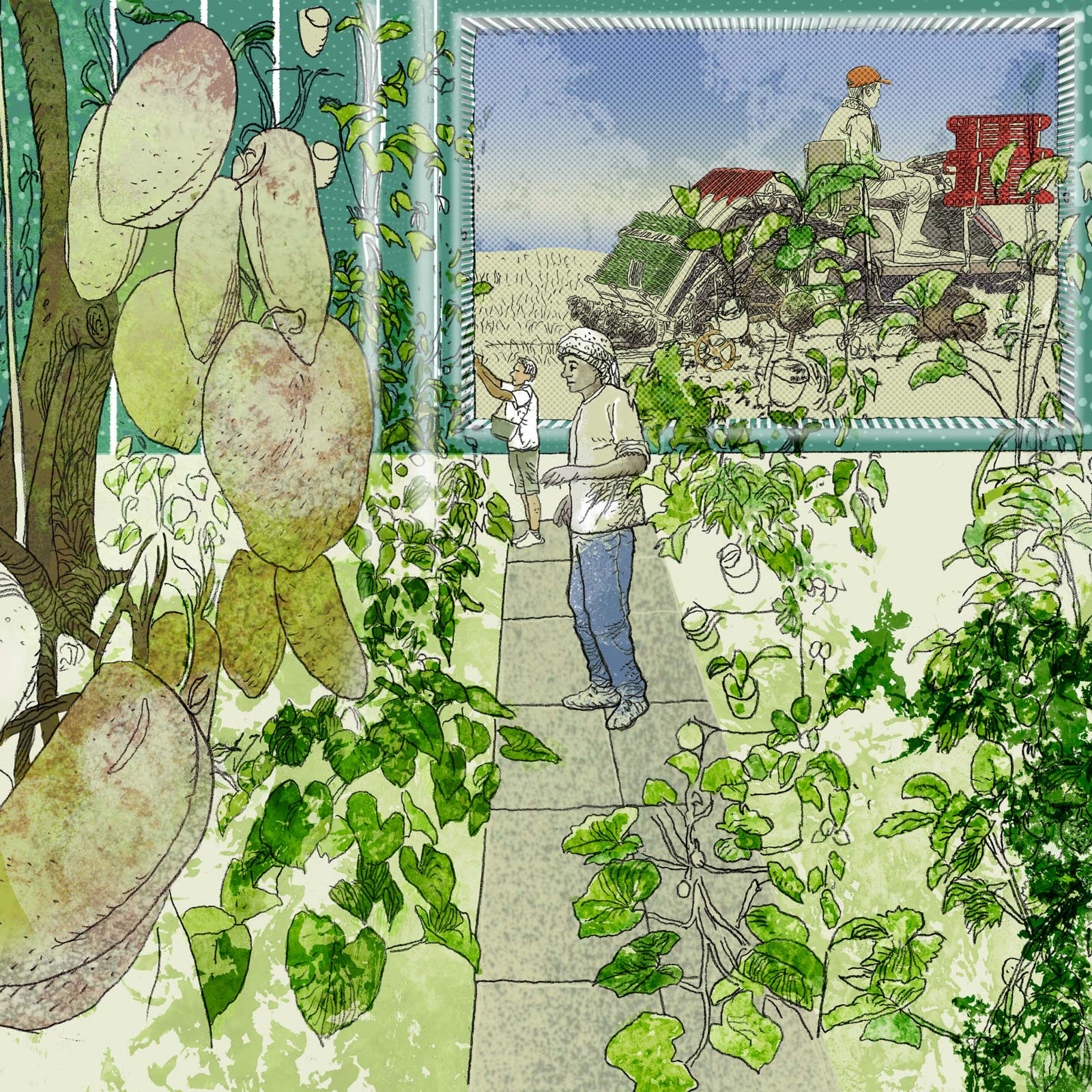Illustration by Séra
The year is 2040 and the time is coming up to midday. Lunch at her office desk is the sole option for Sopheap Jing, one of the many people in Cambodia and elsewhere whose careers have become something of a paradox.
Under-employed and over-qualified, Sopheap is nonetheless too busy with retraining to eat out. Her mundane desk job had for a time been farmed out to Chinese-designed robots manufactured in neighbouring Thailand – until it became apparent that the much-hyped machines were ill-equipped for some routine administrative tasks.
Unable to find work during the 5G- and 6G-enabled manufacturing revolution of the 2020s and 30s, Sopheap whiled away the years studying for two university degrees. Marginalised for so long, when she was finally hired she found herself unequipped for basic tasks like using spreadsheets and typing business letters, among the other things she needed to learn on the job.
This is an adapted version of a scenario laid out by Sokkea Hoy in a chapter to be published by Phnom Penh-based think tank Future Forum in Cambodia 2040, a collection of essays. Hoy looks at the future of food and farming in Cambodia, setting out ideas about how the sectors can become more productive over the coming decades.
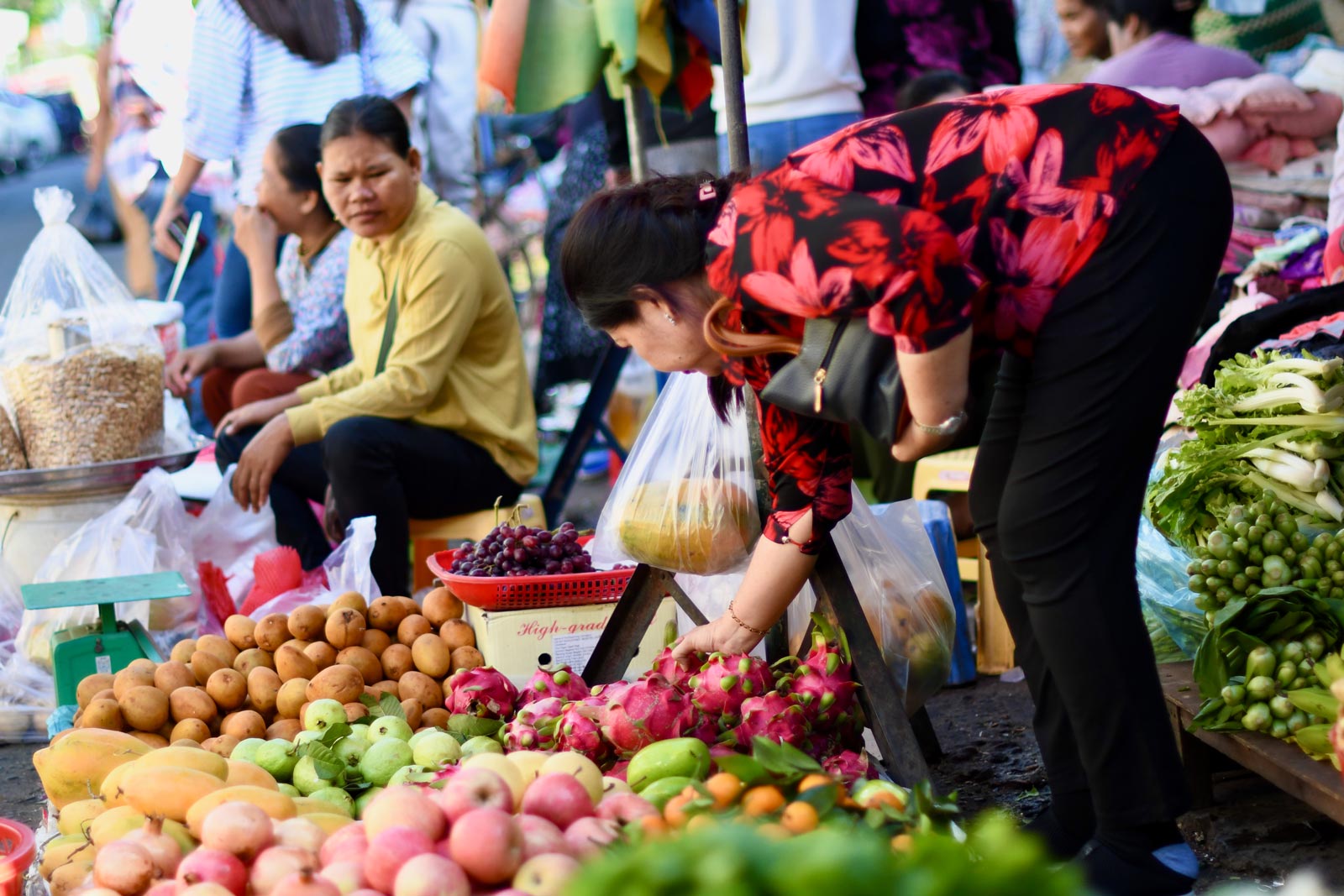
If the machines of Hoy’s 2040 imagination have not mastered Excel, among the things they can do are cooking and driving. So Sopheap orders her lunch from her desk – not by phone or text – but via a smartwatch that can read not only her mind, but her metabolism and mood, in turn unerringly dispatching a driverless tuk-tuk to bring her a bespoke dish of droid-boiled Kampot crab and rice.
2017 government data showed 80% of Cambodia’s 16.2 million population living in rural areas and an estimated 40% of the labour force working on farms, so any Huxleyan future of machine-made meals delivered by AI-driven tech that knows what you ate last summer might seem far-fetched.
It is in [the] mindset of the Cambodians that neak sre, or farmers, are labelled as poor
Sokkea Hoy, Cambodia 2040 author
Or maybe not. In another chapter in the forthcoming Future Forum collection, author Kruy Narin sets out a “best case scenario” for 2040 in which Cambodia, though now “largely reliant on agriculture” and other “labour-intensive” sectors, develops into an economy that is “skills-based and diversified” with “people living in smart and green cities”.
While the rural and farming population of Cambodia remains substantial, it is declining. A 2017 report by the country’s agriculture ministry said the percentage of the labour force working in agriculture had halved since 1993. That decline continued as annual gross domestic product (GDP) growth ranged from 5.9% to 7.5% over the past decade.
The lure of the city – despite the monotony of factory work or the dangers of unregulated construction sites – has drawn hundreds of thousands of people away from the land. “It is in [the] mindset of the Cambodians that neak sre, or farmers, are labelled as poor,” said Hoy. “Therefore, parent farmers do not want their offspring to do the farming. They [would] much rather send their kids to search for jobs in the cities or neighbouring countries”.
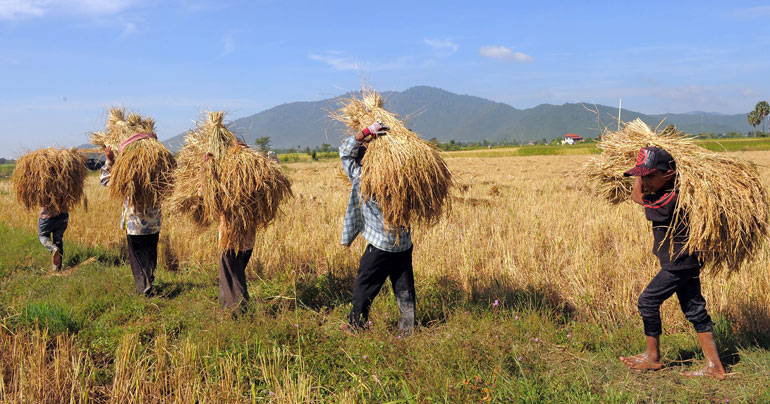
If families increasingly send their kids to search for jobs in the cities over keeping them on the land to tend to animals or plant rice, the future of Cambodian agriculture may not be so bright. And as more of the country’s land ends up handed over to big agrarian business interests at the expense of smallholders, Cambodians may not see much of a future in farming, given the insecurity of tenure and lack of land rights they face.
Jean-Christophe Diepart, Technical Advisor on Large Scale Land Acquisition at non-governmental organisation Mekong Region Land Governance (MRLG), said land law dictates that “land acquired after 2001 is state land and farmers have virtually no land rights” resulting in certain farmers being “very vulnerable to land grabs and land rights claims from companies who are granted concessions on state land”.
Jobs drought
If landlessness increases, it will raise the question about what millions of young Cambodians will do for a living, especially if landlessness leads to rural joblessness. And the alternatives – those coveted city jobs – could become scarcer sooner rather than later if advances in automation result in manufacturers deploying robot seamstresses in Phnom Penh’s hundreds of clothing factories, or repatriating manufacturing to Europe and North America – markets that buy most of Cambodia’s shoes and clothing exports.
Worse still, those heading to the capital to work as chefs, waitresses or tuk-tuk drivers would be out of work if catering and delivery jobs end up being performed by machines similar to those preparing and delivering Sopheap’s 2040 working lunch.
Such a vision remains far-off, arguably, and in the meantime, Cambodia’s government has been making big plans for the country’s agriculture. It hoped by 2015 to be sending a million tons of milled rice abroad each year as part of a drive to capture more export markets and reduce trade dependence on exporting clothes and shoes. As it stands, however, even that target will not be reached anytime soon, with only 626,255 tons of milled rice exported last year.
“Rice exports [have] been the main focus of the sector in Cambodia and have been well developed. However, [they] still face many challenges in attempting to drive the costs down such as electricity and logistics, questionable quality, and low level branding,” said Hoy.
Just where Cambodia goes next with its rice-exporting plans should become clearer later in 2020 when the results of the Cambodia Inter-Censal Agricultural Survey (CIAS), undertaken by the government and the UN’s Food and Agriculture Organisation, are published.
[Local] farmers have limited adaptive capacity to cope with this changing climate due to poor knowledge, poverty, lack of technical support together with reliance on a rainfed-system
Alexandre Huynh, FAO Representative in Cambodia
In the meantime, however, Cambodia faces months of drought, caused by what regional intergovernmental organisation the Mekong River Commission (MRC) described on 19 November as “insufficient rainfall during the wet season, with a delayed arrival and earlier departure of the monsoon rain and an El Nino event that has created abnormally high temperatures”.
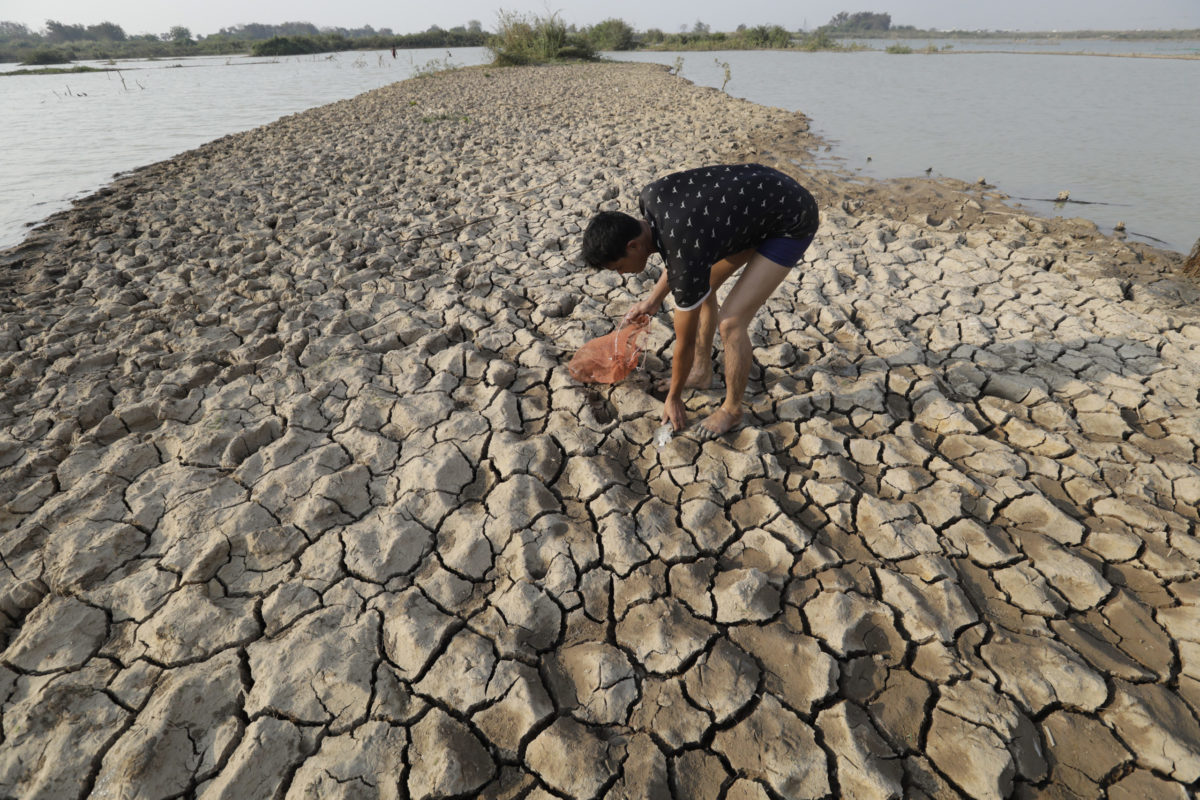
The drought “can possibly adversely impact agricultural and crop production” stated Dr. Lam Hung Son, the head of the MRC Secretariat’s Regional Flood and Drought Management Center, in a 19 November MRC press release.
Though Cambodian agriculture has modernised significantly in recent years, according to FAO Representative in Cambodia Alexandre Huynh, “[local] farmers have limited adaptive capacity to cope with this changing climate due to poor knowledge, poverty, lack of technical support together with reliance on a rainfed-system”.
Whether climate events result in Cambodia becoming drier or, conversely, more storm and flood-prone remains to be seen. But what can be seen clearly is the move to de facto single-party rule under Prime Minister Hun Sen, which has arguably left the country’s economy – and its agriculture – in danger, as the European Union threatens to rescind Cambodia’s preferential trade access to the 28-country economic bloc under the “Everything But Arms” (EBA) scheme.
Not rocket science
Most attention has focused on the implications of revoking Cambodia’s EBA status for the garment and footwear sectors – with warnings that the move could put tens of thousands of young women out of work. But there could also be consequences for Cambodia’s hopes of selling more of the rice that makes up half of the country’s agricultural output and is the sole crop for 58% farmers.
Even before any potential EBA revocation, those aspirations took a hit in early 2019 with EU customs duties on rice – measures aimed at protecting European producers of the crop. The duties, too, were another reminder of how Cambodian farmers are relatively powerless compared to agricultural lobbies elsewhere, particularly Europe, where farmers regularly protest any proposed revisions to the EU’s protectionist Common Agricultural Policy, a subsidy worth 58.2 billion euros, or just over US$64billion, in 2018.
In contrast, in Cambodia “there are farmers unions or federations, but their role is mainly as market intermediaries between companies and farmers,” Diepart said. “They have little scope and leverage to fight for land rights. This role is usually addressed by civil society organisations, which represent more or less farmers interests”.
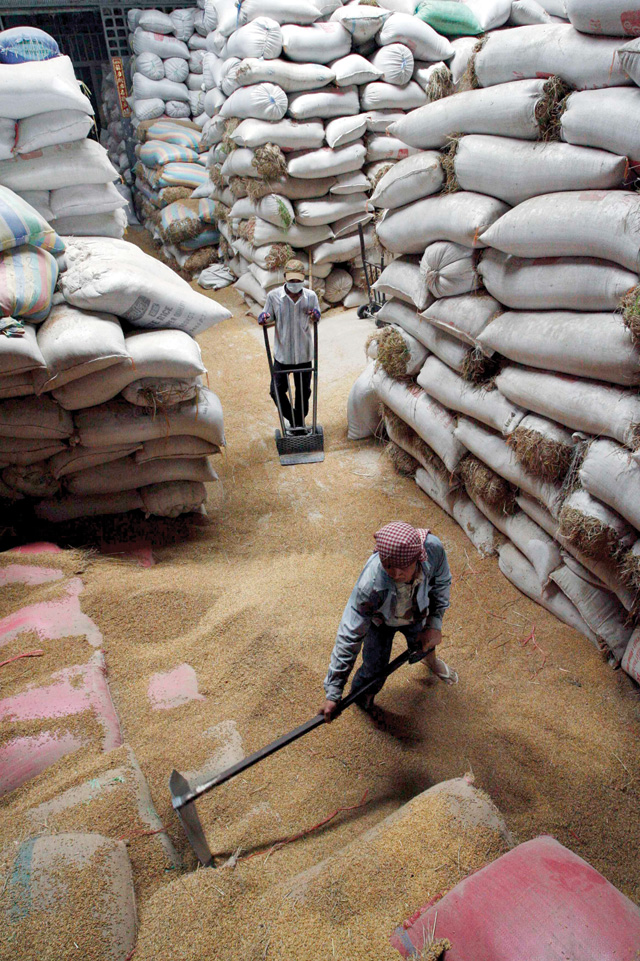
Hoy said that “farmers get support in terms of farming knowledge dissemination via different NGOs and government bodies. However, these activities are not consistent but rather ad hoc depending on how much funds are available.”
The Cambodian Rice Federation (CRF) stated in August that the EU duties imposed on the country’s rice exports had been “acutely felt by most of the 500,000 families in Cambodia, who eke out a living farming jasmine and fragrant long grain rice”.
The federation also warned that rescinding EBA would further hit Cambodian farmers, though Cambodian ally China has signalled it will buy additional rice to plug the hole, echoing its white knight deal agreed in April to buy more Malaysian palm oil in the wake of EU plans to ban the commodity by 2030.
However, with rice the main source of carbohydrates in neighbouring countries with huge populations, Cambodia need not suffer too much if the EU restricts access to its market.
Technical improvements in agriculture will be key to Cambodia managing any market shocks. The country saw rising agricultural output from 2004-12, something that Hoy attributed to factors such as tractors becoming more affordable and widely used, the availability of new seeds and fertilisers, as well as improved irrigation. “The expansion of irrigation system allows farmers to have double rice per year in the irrigated areas,” said the FAO’s Huynh.
Whether robot-cooked meals will be part of Cambodia’s food and agriculture future remains to be seen. But what will matter for the sector in the coming years, experts believe, is whether Cambodia can keep modernising farming and emphasise higher-end output. Such improvements should, in time, yield more revenue for the country and its farmers, and help offset whatever damage is done by reduced sales to Europe.
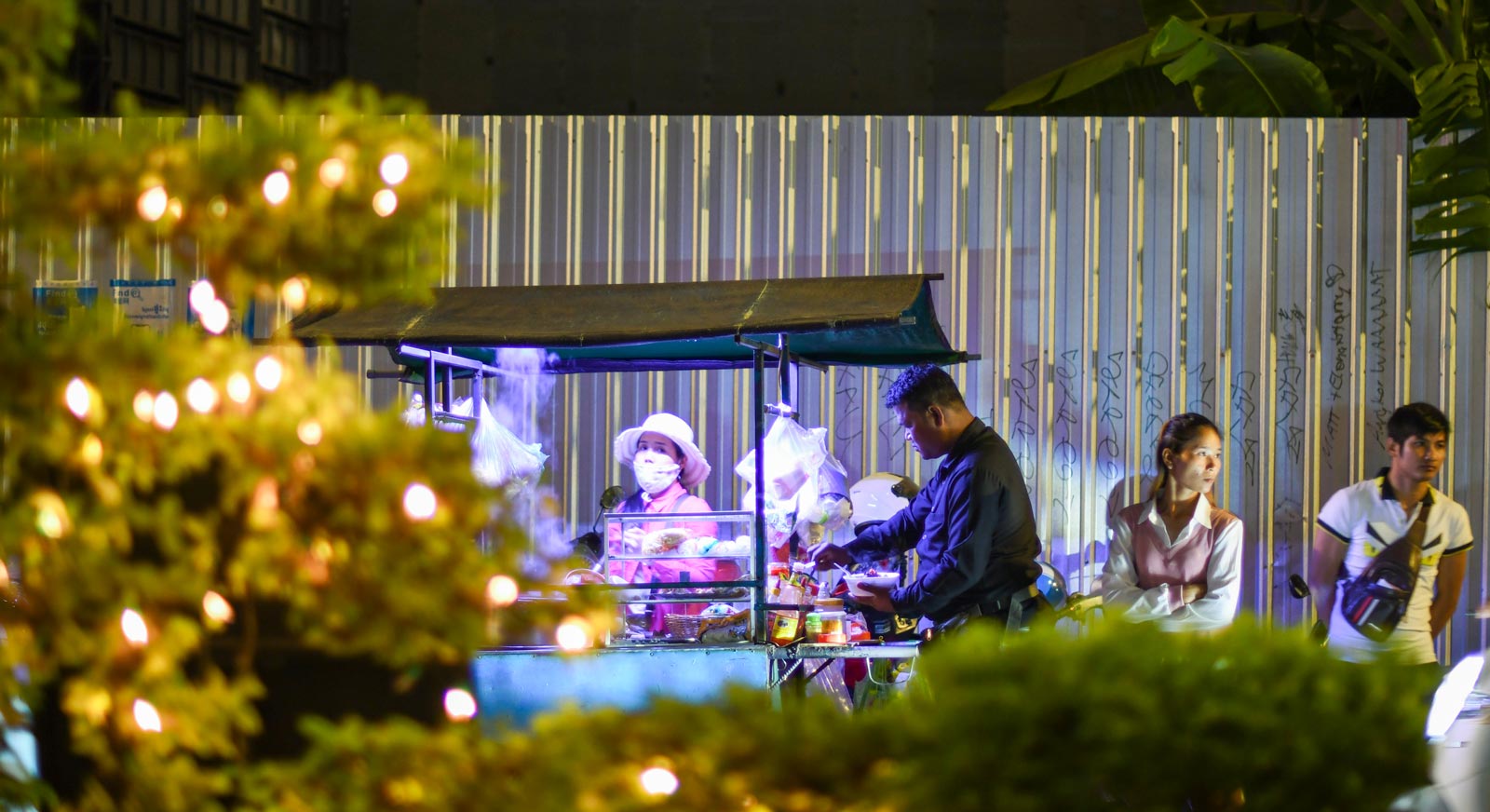
Over the coming years, Cambodia should “focus less on quantity but rather on the quality of exports that brings higher profits” said Huynh. “The country is already well known abroad for its fragrant rice, Kampot pepper and other niche products”.
Hoy agreed that Cambodia can sell more rice across Asia if it can “focus on niche organic products that meet food safety standards with good prices”.
“If Cambodia can produce competitively, it would not need to worry about tariffs,” said Hoy, who pointed out that in contrast to the design and production of AI-powered robot chefs and couriers, becoming competitive in agriculture “is not rocket science”.
This article has been researched and written in partnership with Future Forum, in the lead up to Future Forum’s upcoming Cambodia 2040 book launch. Find out more here.

